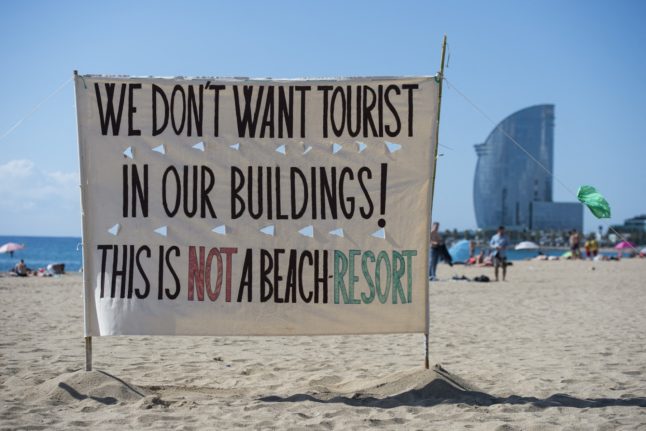Most of Europe had dropped the testing requirement for fully-vaccinated arrivals in the spring, but the US has maintained the requirement to show proof of a negative test for all arrivals.
However on Friday, the Biden administration announced that it would not renew the testing requirement.
The new rule is expected to come into effect at 12.01 Sunday EDT, until then passengers will still need to show a negative Covid test before they can board a plane to the US.
The US currently bars unvaccinated travellers from entry – although this does not apply to US citizens, US residents or those travelling for essential reasons – there was no announcement on lifting this restriction.
The CDC said that testing requirements could be reinstated if new variants of Covid emerge, and added that it continues to recommend pre-travel testing.
Covid travel rules vary between individual countries in Europe, but most countries now only require pre-departure tests for unvaccinated travellers. Check the rules of the country you are travelling to for full details.
To be counted as ‘fully vaccinated’ travellers must have received both doses of an EMA-approved vaccine – Pfizer, Moderna, AstraZeneca (or a single dose of Janssen).
If their vaccination was more than nine months ago, they need a booster shot in order to be considered fully vaccinated – people who have had a booster do not need a second, even if their booster shot was more than nine months ago.



 Please whitelist us to continue reading.
Please whitelist us to continue reading.
Member comments